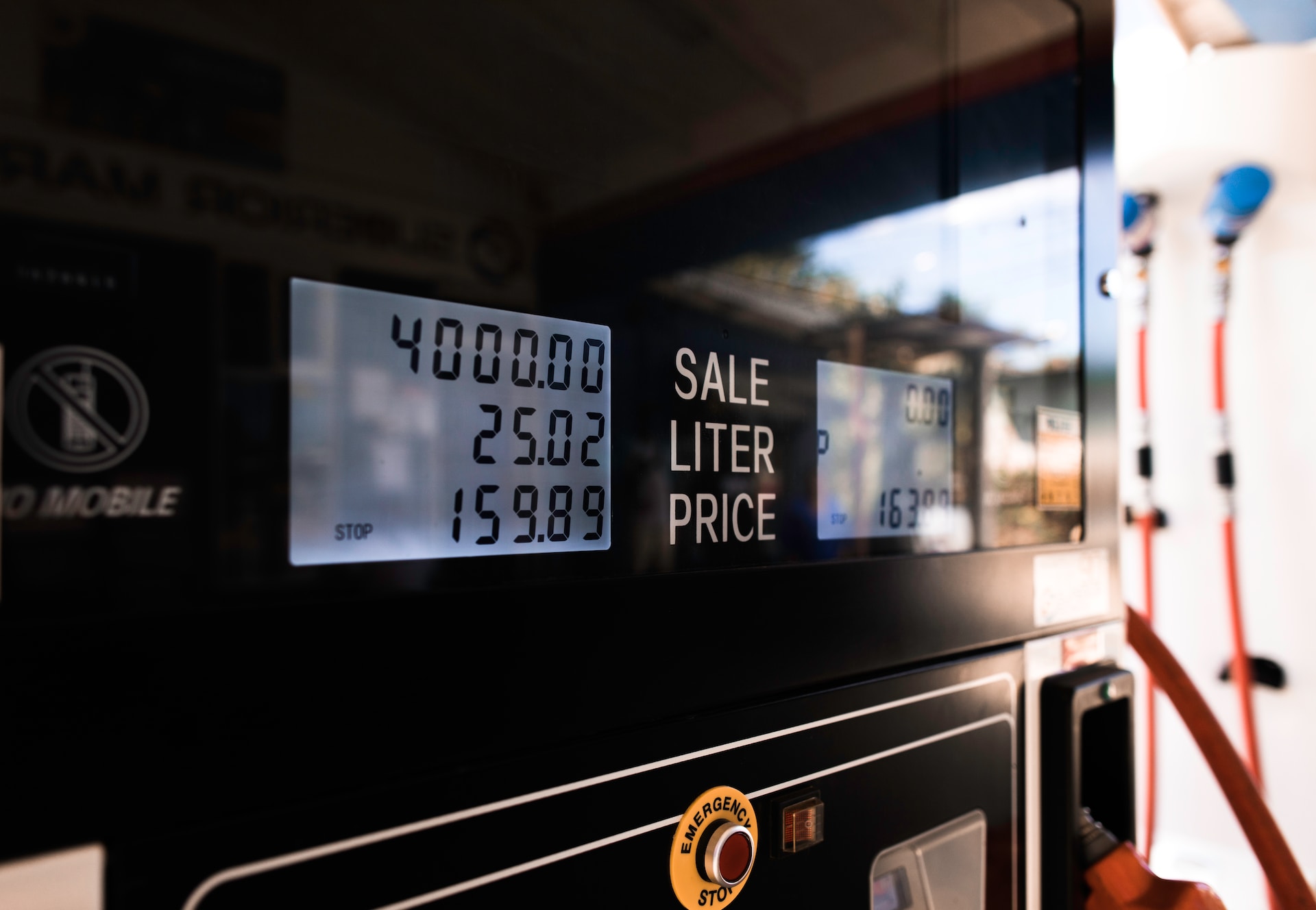The winter season brings with it shorter days, colder nights, and frequently harsh weather conditions, all of which have the potential to put your cherished classic automobile in jeopardy of losing its pristine condition. To ensure that your classic car remains in good condition during the winter, it is necessary to properly prepare it for storage. When spring arrives, your classic auto will emerge in its best state and ready to hit the open road thanks to the detailed methods that are outlined in this text, which will lead you through each stage. Taking these winterizing procedures can help protect your investment from the elements of the season, beginning with the selection of the appropriate storage site and continuing with the preparation of fluids, tires, and the interior of the vehicle. Continue reading to get the best tips & tricks to winterizing your classic car.
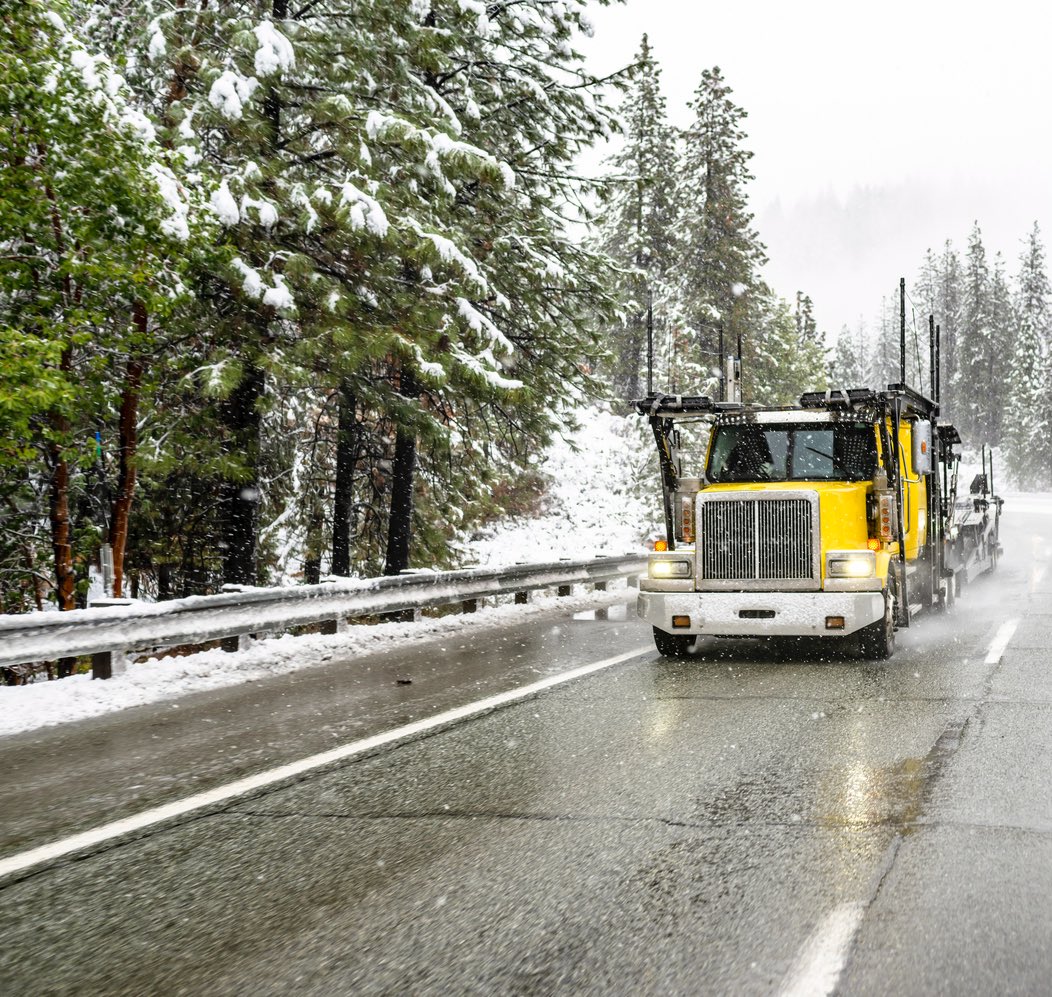
Selecting an appropriate storage location is vital to protecting your classic car during the winter months. This section will help you evaluate the best options available.
- Home Garage vs. Storage Facility
If possible, storing your classic car in your home garage is ideal, as it allows you to maintain full control over conditions. Ensure that the garage is dry and dark to minimize moisture and UV exposure, both of which can be detrimental to your car. For those without a home garage, a storage facility specifically designed for vehicles can offer added protection, as many of these facilities are environmentally controlled. - Tips for Reducing Moisture Exposure
Moisture can cause significant damage to your car, particularly rust and mold growth. Storing your classic car on concrete floors is preferable as concrete retains less moisture. If a concrete floor is not available, placing a plastic sheet beneath the car can reduce moisture accumulation, helping to keep your car safe. - Insurance Considerations
If you decide to store your classic car at an off-site storage facility, notify your insurance provider. Some providers require notification of a change in storage location, particularly for classic automobiles. Doing this will help you avoid any surprises in case an unfortunate event occurs during storage.
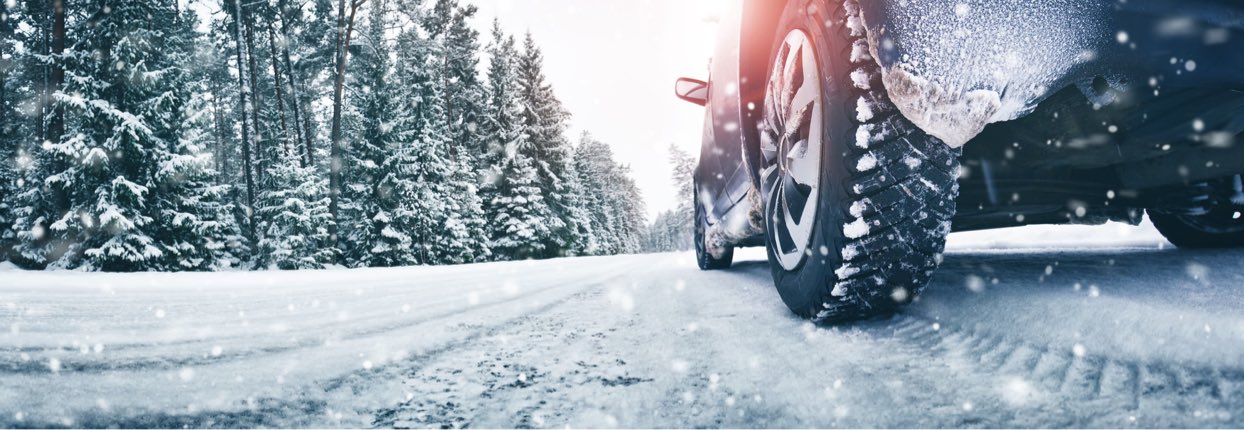
The condition of your car’s interior and exterior is as important as the mechanical components. Taking the right steps to clean and prepare these areas is essential.
- Cleaning the Interior
Start by vacuuming the interior thoroughly. Food crumbs left inside the car can attract pests like rodents, which can cause extensive damage to upholstery, wires, and other components. Remove all personal belongings, particularly items that could be affected by freezing temperatures. - Exterior Cleaning and Car Covering
Washing the car thoroughly before storage prevents dirt from scratching the paint if you choose to use a car cover. Never cover a dirty car, as trapped dirt can degrade your car’s exterior over time. Ensure the car is completely dry before covering to prevent mold or mildew. - Preventing Mold and Moisture Buildup
Moisture control is crucial during winter storage. Close all air vents and use moisture-absorbing products like baking soda to maintain dryness. Placing small boxes or packets of baking soda in the car can effectively minimize moisture inside. Additionally, covering air cleaners and exhaust pipes with plastic bags or foil will prevent pests from making themselves at home in your classic vehicle.
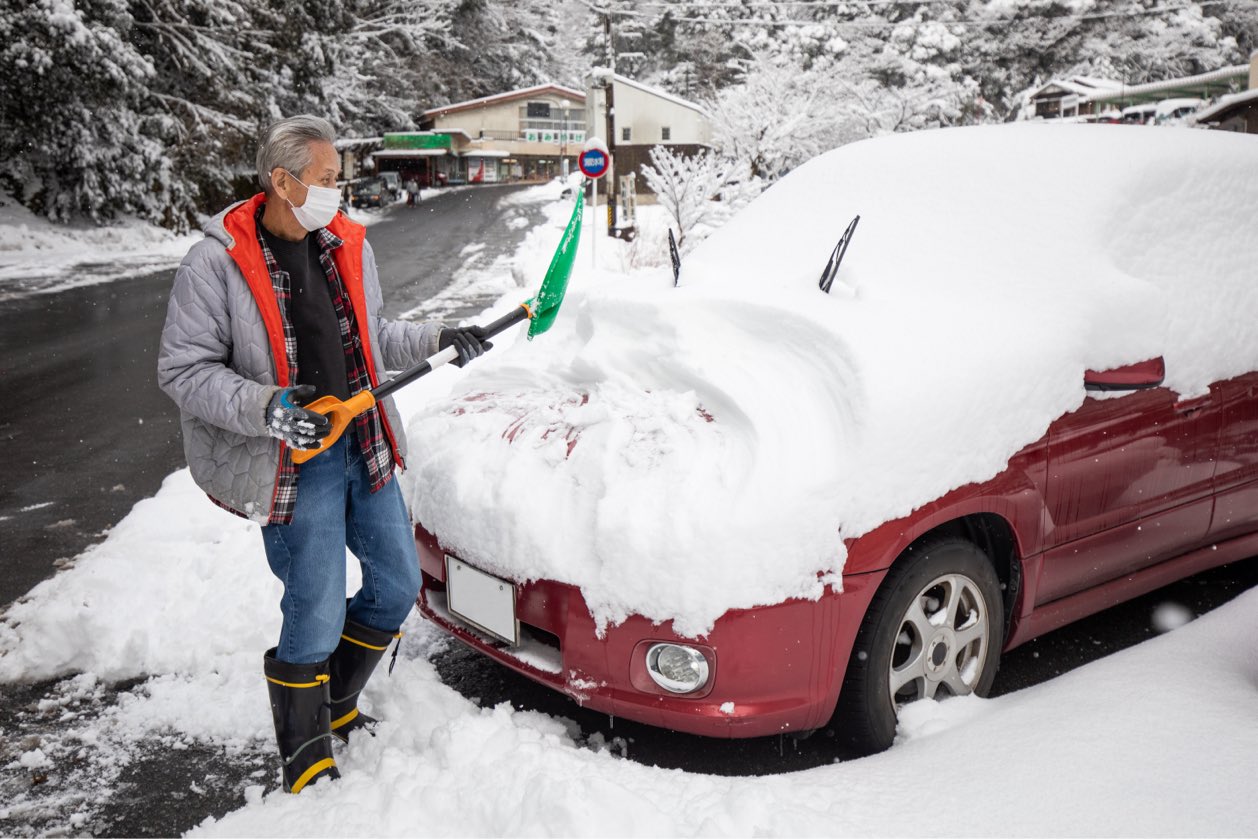
Proper fluid preparation can prevent corrosion, rust, and other damage that could impair your car’s performance.
- Filling the Gas Tank
A filled gas tank minimizes air space, reducing moisture that could lead to rust. Modern gasoline contains ethanol, which attracts moisture, so consider using higher octane fuel with less ethanol content. Adding a fuel stabilizer is highly recommended to keep the fuel in good condition throughout the winter. Once you add the stabilizer, start the car and let it run briefly to distribute the stabilized fuel throughout the system. - Oil Changes and Fluid Checks
Clean oil can prevent corrosive damage to your engine. Be sure to change the oil and replace the filter before storing the car. Also, check other essential fluids, including coolant, brake, and transmission fluid, making sure they are at proper levels. Brake fluid in particular should be checked for moisture content, as excessive moisture can compromise the brake system.
Your car’s tires and battery are especially susceptible to cold conditions, so taking the right precautions is essential.
- Preventing Flat Spots on Tires
Flat spots on tires are common when vehicles sit for extended periods. You have two options to avoid this: overinflate the tires by 10-15 psi or use jack stands to keep the car off the tires entirely. Jack stands are the preferred method as they also relieve stress from the suspension system. - Caring for the Battery
Cold temperatures can wreak havoc on your car’s battery. The best approach is to disconnect, remove, and store the battery in a warmer location. To maintain the battery’s charge, you can use a trickle charger. Consulting your mechanic for additional recommendations is always a good idea.
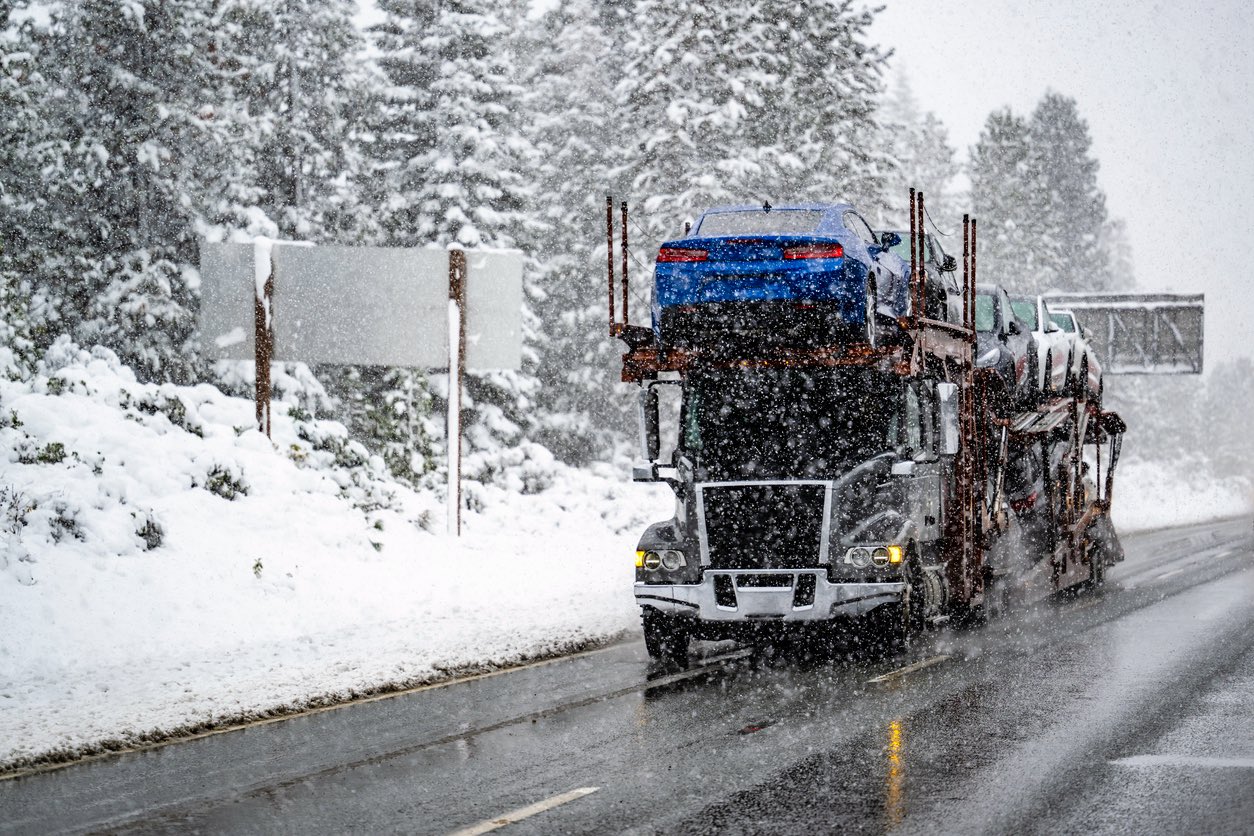
Winterizing your classic car is not just about putting it under a cover—it’s about taking the proper steps to protect every aspect of your vehicle, from the interior and exterior to the mechanical components. By choosing the right storage location, preparing the interior and exterior, managing fuel and fluids, and protecting the tires and battery, your classic car will remain in pristine condition throughout the winter months. Winterizing your classic car ensures that, when spring arrives, your car will be ready to hit the road without a hitch, maintaining both its beauty and performance. Taking these steps is essential for any classic car owner who values their investment and wants to enjoy their vehicle for years to come.

Ship A Car, Inc. is the top choice for shipping classic cars anywhere in the USA. Whether you’re heading to a classic car show, moving south for the winter, or need to relocate your vehicle safely, Ship A Car specializes in transporting classic vehicles with care. Call (866) 821-4555 today to connect with an experienced transport coordinator and get the best possible shipping price for your classic car.
Q: What is the best way to prevent rust in a classic car during winter storage?
A: The best way to prevent rust is by storing your car in a dry location, filling the gas tank to reduce moisture, and using a fuel stabilizer. Additionally, placing a plastic sheet under the car can help minimize moisture exposure.
Q: Should I overinflate my classic car’s tires before storing it for the winter?
A: Overinflating tires by 10-15 psi can help prevent flat spots. However, using jack stands is a better option, as it takes the weight off the tires and suspension system, providing better long-term protection.
Q: How can I keep pests out of my classic car during storage?
A: To keep pests out, thoroughly clean the car’s interior to remove food crumbs, use baking soda to absorb moisture, and cover air vents, exhaust pipes, and air filters with plastic bags or foil.



